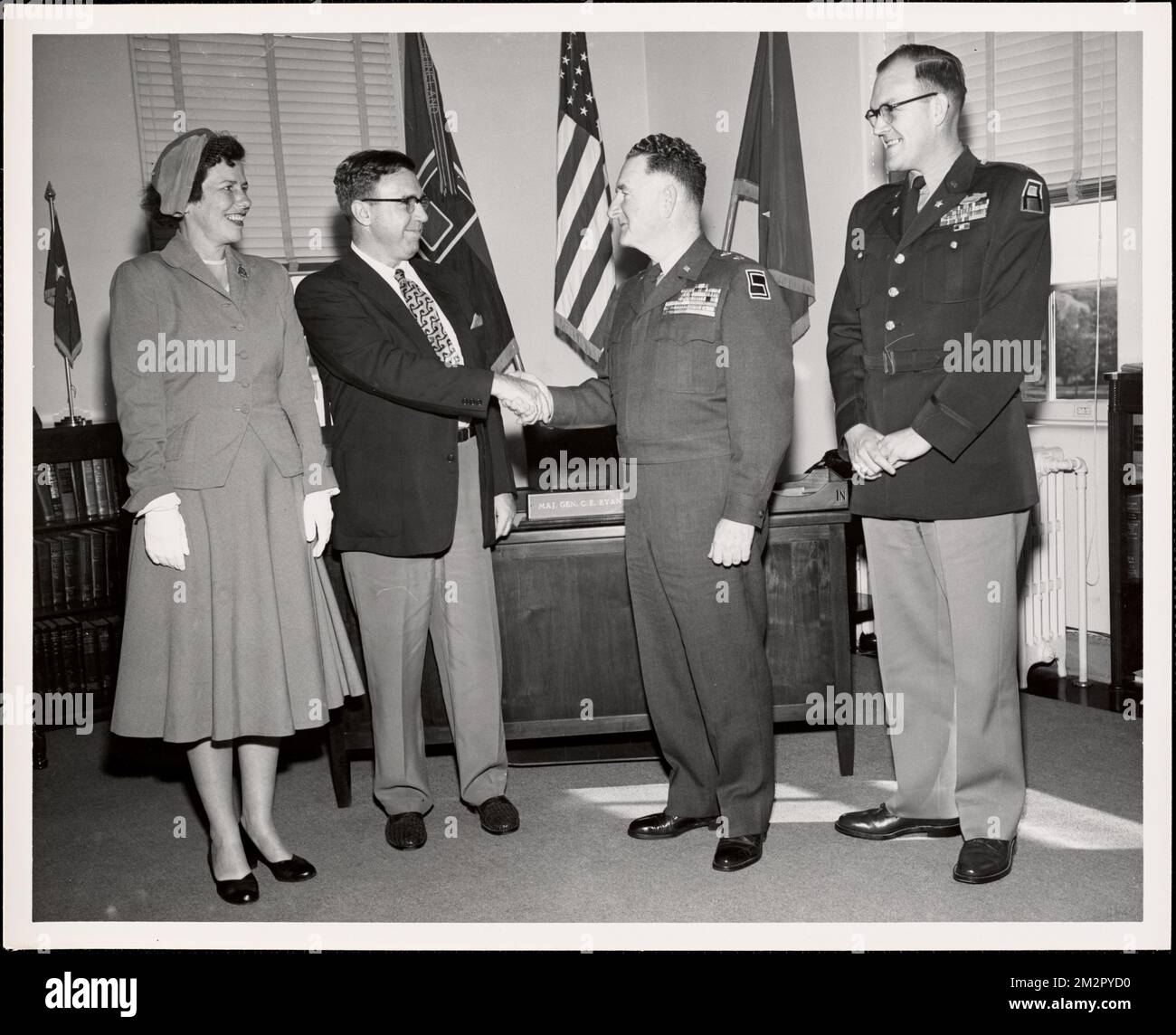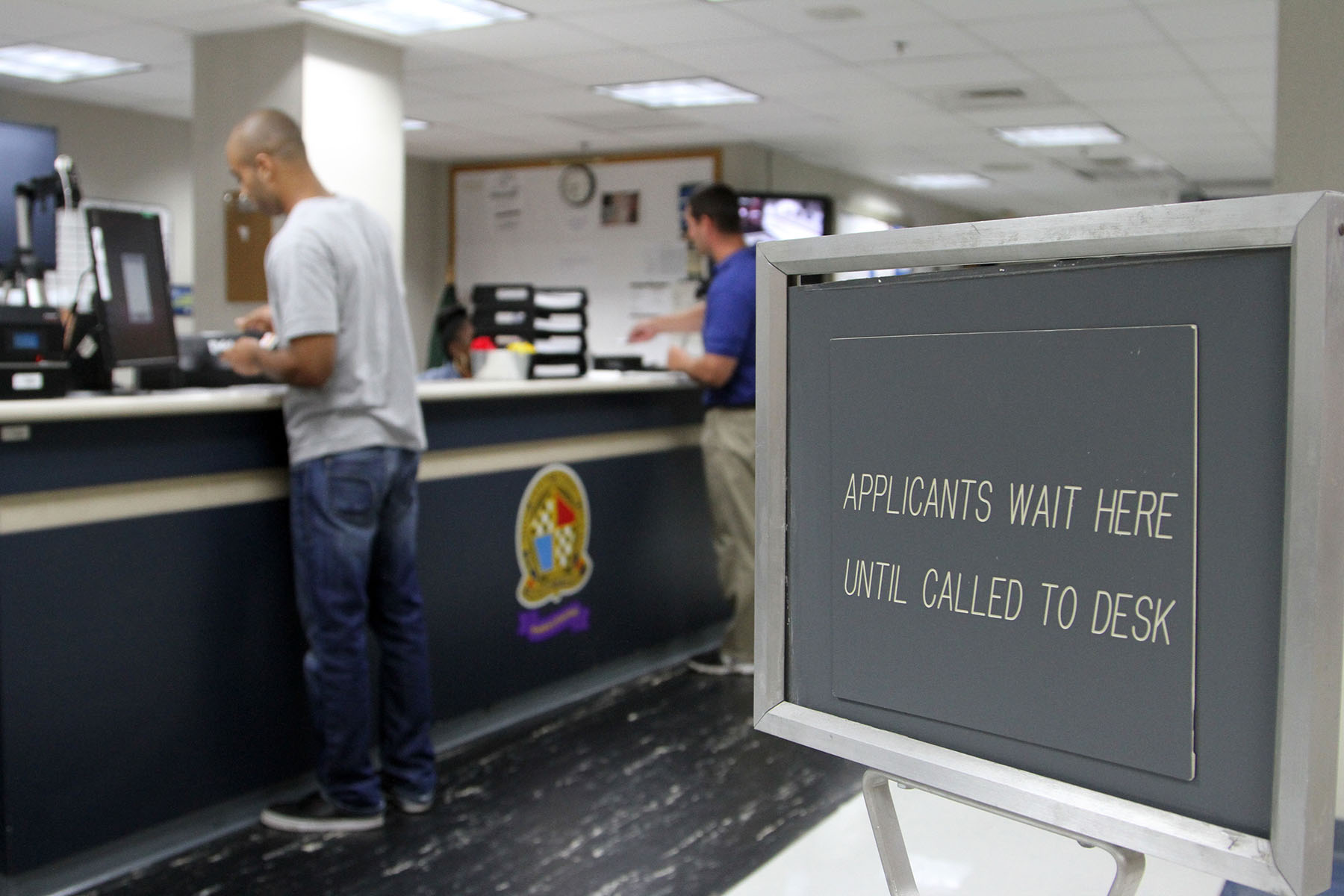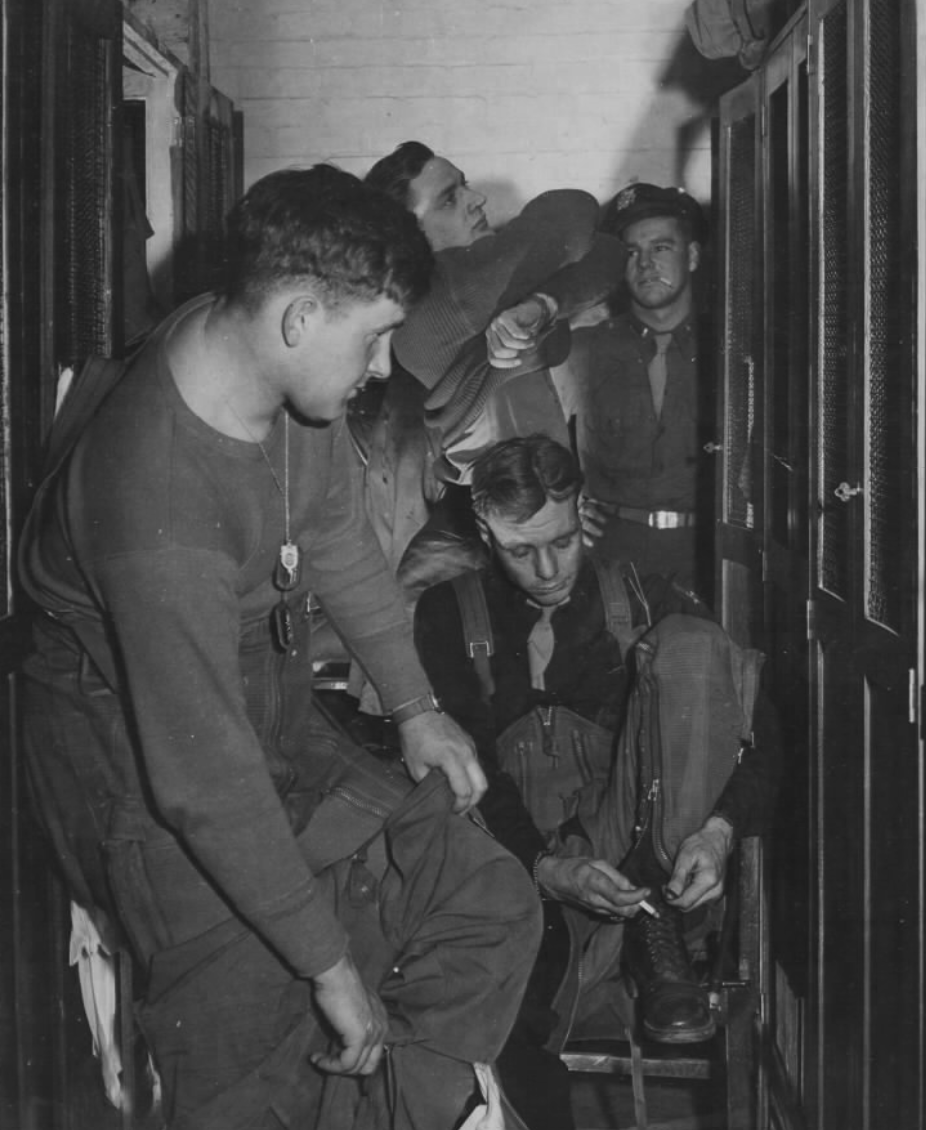Fort Dix Military Records - 40°01′09″N 74°31′22″W / 40.01917°N 74.52278°W / 40.01917; -74.52278Coordinates: 40°01′09″N 74°31′22″W / 40.01917°N 74.52278°W / 40.01917; -74.52278
Fort Dix, the common name for the Army Support Activity (ASA) at Joint Base McGuire-Dix-Lakehurst, is a United States Army post. It is located 16 miles southeast of Trton, New Jersey. Fort Dix falls under the jurisdiction of the Air Force Air Mobility Command. As of 2010 United States Csus, Fort Dix Csus-designated place (CDP) had a total population of 7,716,
Fort Dix Military Records

5,951 of these were in New Hanover Township, 1,765 in Pemberton Township, and none in Springfield Township (though parts of the CDP are included).
Kosovar Refugees Inprocess At The Immigration And Naturalization Center (not Shown) At Fort Dix, New Jersey. Refugees Arrived At Mcguire Air Force Base, New Jersey, On May 5, 1999. This Mission Is
Established in 1917, Fort Dix was combined in 2009 with adjacent United States Air Force and Navy facilities to become Joint Base McGuire-Dix-Lakehurst (JB MDL) in 2009. However, it remains commonly known as "Fort Dix", "ASA Dix". , or "Dix".
From 2015 to 2016, Colonel Shelley Balderson was commanding officer, making her the first female commanding officer at Fort Dix in the base's long history.
Fort Dix was established on July 16, 1917 as Camp Dix, named in honor of Major General John Adams Dix, a veteran of the War of 1812 and the American Civil War, and former United States Sator, Secretary of the Treasury, and Governor. in New York City.
Camp Dix was home to the 153rd Depot Brigade. The role of the World War I Depot Brigade was to receive, organize, and provide recruits and recruits with uniforms, equipment, and initial military training. The depot brigades also received soldiers returning home from the war and conducted their mustering and discharge.
Th Attack Wing Supports Operation Allies Refuge > Pennsylvania National Guard > News Article View
Dix has a history of mobilizing, training and demobilizing soldiers from World War I to April 2015 when Forts Bliss and Hood in Texas assumed full responsibility for this mission. In 1978, the first female recruits received basic training at Fort Dix. In 1991, Dix trained Kuwaiti citizens in basic military skills so they could participate in the liberation of their country.
Dix made his active duty Army training mission in 1991 on the recommendation of the Commission on Base Realignment and Closure, making his command a two-star general. Currently it serves as a joint training site for all military compounds and services.
In 2009, Fort Dix and adjacent Air Force and Navy installations were consolidated into one secure facility, Joint Base McGuire-Dix-Lakehurst. The support component is the United States Air Force, and base operations are conducted by the 87th Air Base Wing, which provides facility management throughout JBMDL, while the Navy and Army retain command and control of missions, personnel, equipment, and compositions. specific services. Neither the naval base nor the army base is subordinate to the joint base; each is simply supported by the joint base in basic operations such as utilities, daycare centers, gymnasiums, and other services, but each reports through a chain of command specific to their service and has its own commanding officer (the Navy has a commanding officer). The commanders of both Fort Dix and Lakehurst also serve as deputy joint base commanders.

Construction began in June 1917. Camp Dix, as it was known at the time, was a training ground and training ground for units during World War I. Although the camp was a shipping camp for the New York port of embarkation, it did not collapse. direct control of this command and the War Department retains direct jurisdiction.
United States Army Training Center, Infantry, Fort Dix, N.j.
The camp became a sign of demobilization after the war. Between the world wars, Camp Dix was a shelter, training, and discharge center for the Civilian Conservation Corps. Camp Dix became Fort Dix on March 8, 1939, and the installation became a permanent army post. During and after the Second World War, the fort served the same purpose as in the First World War, namely as a training area and assembly point during the war and as a demobilization character after the war.
On July 15, 1947, Fort Dix became a training base and home to the 9th Infantry Division. In 1954, the 9th departed and the 69th Infantry Division settled in the fort until it was deactivated on March 16, 1956. Rapid expansion took place during the Vietnam War. A fake Vietnamese city was built and soldiers received Vietnam-specific training before deploying. Since Vietnam, Fort Dix has served soldiers in Operation Desert Shield, Desert Storm, Bosnia, Afghanistan and Iraq.
The US Coast Guard's Atlantic Strike Team (AST) is stationed at Fort Dix. As part of the Department of Homeland Security, AST is responsible for responding to oil spill incidents and hazardous material releases to protect public health and the environment.
Fort Dix is also home to the Fort Dix Federal Correctional Institution, the largest federal prison. It is a low-security facility for male prisoners within the military installation. As of November 19, 2009, it housed 4,310 prisoners, and a satellite minimum security camp housed another 426.
Clipping From The Daily Journal
Knowing that Fort Dix was on a closed base list, in 1987 the United States Air Force (USAF) attempted to salvage the U.S. Army mail. The USAF moved the Security Police (SP) Air Base Ground Defense School at Camp Bullis, Texas to Dix. in the fall of 1987. It eventually proved cost effective to put 50-100 SP interns on a commercial flight from San Antonio, Texas, to Philadelphia, Pennsylvania every few weeks, so the school was later moved back to Camp Bullis .
Fort Dix was an early victim of the initial base realignment and closure process in the early 1990s, after it lost its traditional base training mission, but defenders drew the interest of the Army Reserve to the 31,000-acre (13,000 ha) post to keep. as a training reservation. With the reserves and millions of dollars for improvements, Fort Dix grew back to employing 3,000 people. As many as 15,000 troops train there every week and since then the post has been an important mobilization point for reserve troops and the National Guard. the September 11 attacks on New York City and Washington, DC.
Fort Dix completed its redeployment from an individual formation to a FORSCOM Power Projection Platform for the Northeastern United States under the command and control of the Army Installation Management Command. Their primary mission includes training and providing operational support to regional bases on and off active duty with U.S. Army Reserve units, soldiers, families and retirees. Fort Dix supported more than 1.1 million man-days of training in 1998. On average, more than 13,500 people live or work in the garrison and its tent organizations. The Devs Reserve Force training area in Massachusetts is an ASA sub-installation.

In 2005, the United States Department of Defense announced that Fort Dix would be affected by a base realignment and closure. In support of base operations, it became part of Joint Base McGuire-Dix-Lakehurst, N.J. It was the first base of its kind in the United States and is the only joint three-service base of the Department of Defense. ASA, Fort Dix handles and supports all training on 31,000 of the joint base's 42,000 acres.
Showcase Medics, Relieving Fears
In 1970, the Weather Underground planned to detonate a nail bomb during a petty officer's dance on the base to "bring home the war" and "provide assurances to the United States and the rest of the world that this country would be completely unlivable. "if the United States continued in Vietnam." The plot failed in the dance this morning, when a bomb under construction exploded at the Grewich Village group's New York City mansion, killing three members of the group.
They were arrested for plotting an attack on Fort Dix and the soldiers inside. They believe they are Islamic radicals who may have been inspired by al-Qaeda's ideology.
M would have planned to storm the base with automatic weapons in an attempt to kill as many soldiers as possible.
On June 5, 1969, 250 square feet of prison rioted in the military stockade for AWOL in an attempt to expose "sanitary conditions".
S Military Fort Dix New Jersey Formal Parade Colors Postcard 288
In 1957, Specialist 4 Stev Goodman, assisted by PFC Stuart Scherr, made a small clay model of a fraught fantasy in his spare time. A public relations official saw the tabletop model and brought it to Deputy Post Commander Bruce Clarke, who suggested building a larger statue as a symbol of Fort Dix.
Goodman and Scherr, who studied industrial art together in New York City and were classified as illustrators by the military, undertook the project under the direction of Sergeant Major Bill Wright. Working on a limited budget and using old railway tracks, Bondo and other available materials, they created a 10 foot tall figure of a fantasy wrapped in full battle gear,
By 1988, years of bad weather had tarnished the statue, and a restoration campaign raised more than $100,000. Under the auspices of Goodman and the Fort Dix chapter of the Association of the United States Army, the statue was re-cast in bronze and . The concrete plinth was replaced by black granite.

According to the US Csus Office, Fort Dix
Alfred Murphy, Obituary
Fort dix military clothing, fort dix military base address, fort dix housing, hotels near fort dix, fort dix military base nj, fort dix military base, jobs at fort dix military base, fort dix hotel, where is fort dix military base, hotels fort dix nj, hotels near fort dix military base, fort dix military clothing store
0 Comments